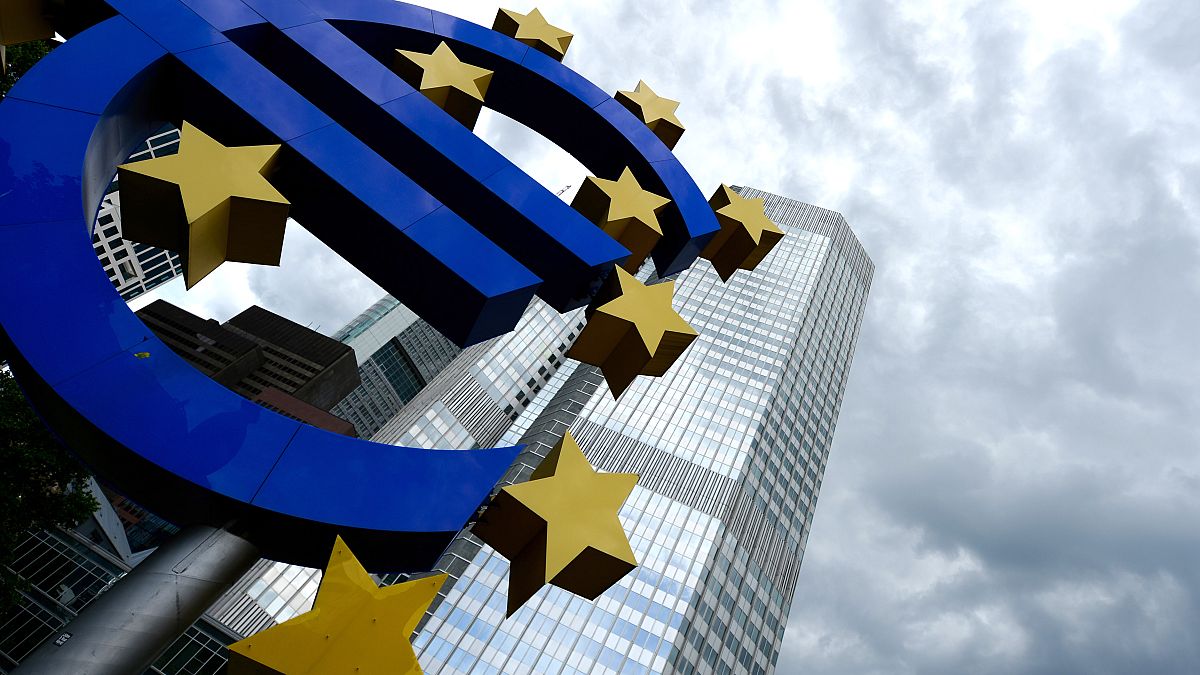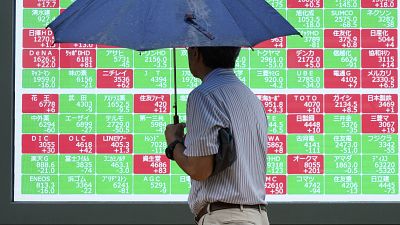The minutes from the Federal Reserve's July meeting indicate that the bank is likely to begin cutting interest rates in September. Markets will closely watch the ECB's decision next month as the euro reaches a one-year high against the US dollar.
The Federal Reserve (Fed) minutes for 30-31 July showed that officials shifted their stance towards rate cuts amid cooling inflation and a slowing labour market in the United States.
Futures markets are fully priced in a cut in September, with a 62% probability of a 25 basis point and 38% of a 50 basis point reduction. The dovish turn of the Fed sent the US dollar index down to a fresh 8-month low, reinforcing the euro surge, with the pair of EUR/USD rising to the highest since July 2023 and up 3% thus far in August.
Markets eye ECB decision
Market participants will now closely watch the next rate decision of the European Central Bank (ECB) on 12 September as the Fed's dovish turn may encourage the bank to consider further loosening its monetary policy. The ECB was among the first central banks to commence a rate cut in June, ahead of most other major economies. It halted the rate reduction in July without providing clear signals for its next move, though analysts believe the bank may resume the cycle in August due to risks of slowing economic growth.
The key concern for the ECB is that it may need to implement deeper cuts if the Fed adopts an aggressive approach to loosening its monetary policy. However, the ECB is widely expected to reduce its benchmark interest rates by 25 basis points in the September meeting, with a deeper rate cut unlikely due to persistent inflation in the Eurozone.
Consumer prices recorded a 2.6% year-on-year increase in July, up from 2.5% the previous month. Core inflation, which excludes food and energy, remained steady at 2.9%, indicating the stickiness of goods and service prices in the region.
The Fed could adopt a deeper rate cut
In contrast, the Fed may need to implement further cuts, as markets believe the central bank may be behind the curve and risk exacerbating a deteriorating labour market. The meeting minutes stated that "a majority of participants remarked that the risks to the employment goal had increased, and many participants noted that the risks to the inflation goal had decreased ... Some participants noted the risk that a further gradual easing in labour market conditions could transition to a more serious deterioration."
The US nonfarm payroll, one of the critical indicators monitored by the Fed, showed that only 114,000 new jobs were added in July, with the unemployment rate rising to 4.3%, the highest since October 2021. Additionally, inflation rose by 2.9% in the same month, lower than expected and the slowest pace since March 2021.
The euro surge can be problematic
Analysts anticipate that the Fed will reduce its policy rate by 100 basis points over the remainder of the year, while the ECB is expected to implement an additional 50 basis point cuts this year, significantly fewer than the Fed. This contrast could further increase upward pressure on the euro against the US dollar.
The surge in the euro could be problematic, as a stronger currency makes goods and services more expensive for foreign consumers, thereby impacting exports.
With manufacturing activity having contracted for two years, a higher euro could further weigh on orders and output. As global central banks gradually join the rate-cutting cycle, the progress of these loosening trends could significantly influence the value of their currencies.















